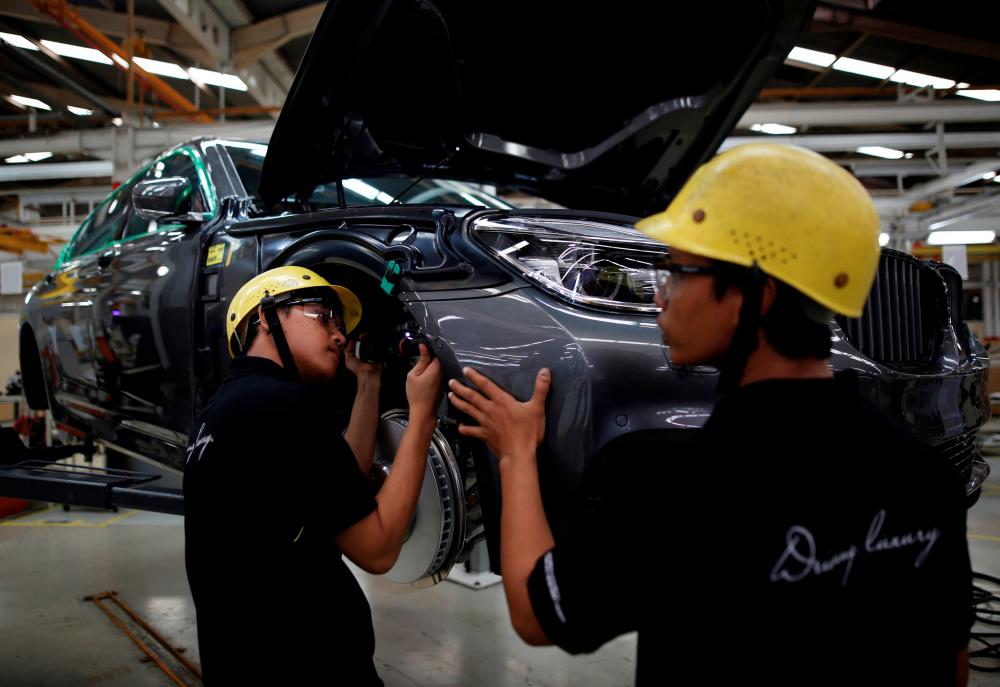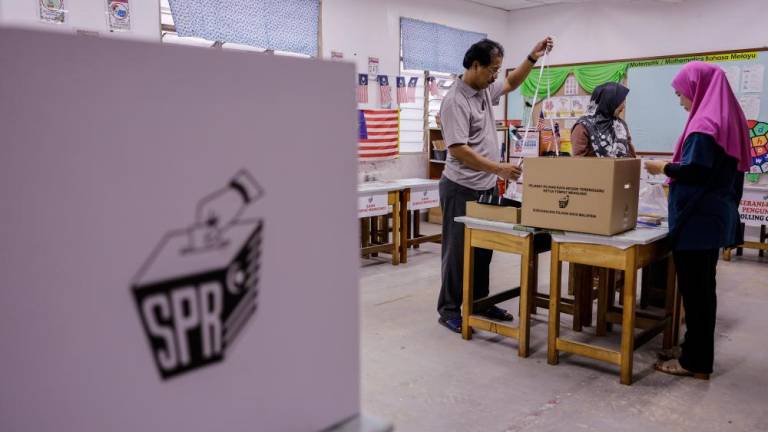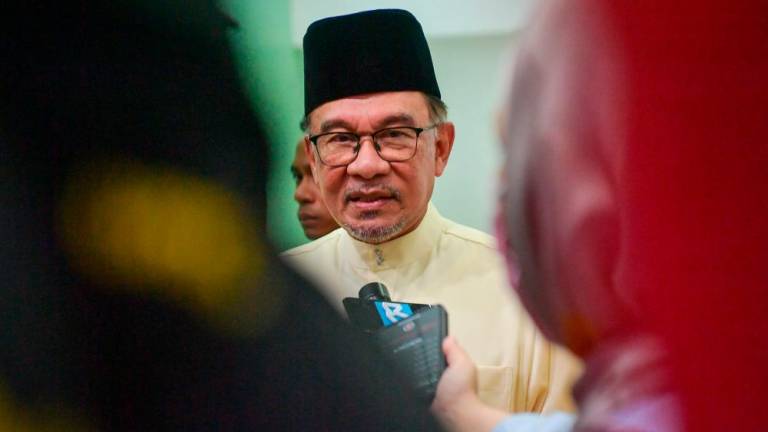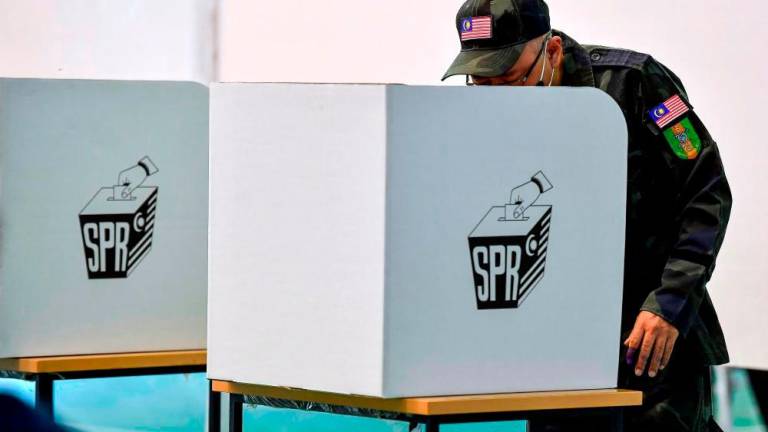PETALING JAYA: Asean manufacturing conditions continued to deteriorate in December, albeit at the softest rate in the current seven-month sequence of decline, according to the latest IHS Markit Purchasing Managers’ Index data.
The headline PMI rose from 49.2 in November to 49.8 in December, to signal a seventh consecutive deterioration in the health of the Asean manufacturing sector, thanks to a further modest improvement in suppliers’ delivery times and falls in both employment and input inventories.
IHS Markit analyst Lewis Cooper said the decline was the softest in the current sequence of contraction, with Asean goods-producers signalling only a fractional deterioration in the health of the sector.
“Production increased for the first time since June, albeit barely, whilst incoming new business rose for the first time in five months, to highlight some improvement in demand conditions.
“Nonetheless, 2019’s overall performance has been subdued, with the average PMI reading (49.6) down from that seen in 2018 (50.6). In order for the Asean sector to begin next year on a stronger footing, a further improvement in total new business will be needed, as muted demand conditions remain a key concern,” he said in a statement.
At the country level, Malaysia’s headline index posted at the neutral 50.0 mark during December, to signal no change in operating conditions across the manufacturing sector.
Meanwhile, firms continued to cut workforce numbers during the latest survey period, however the rate of job shedding was the softest for four months.
IHS Markit added that outstanding business also contracted during December. The rate of backlog depletion was unchanged from November and moderate overall.
“On the price front, cost burdens rose further during December, as has been the case in each month since the series began in early-2011. The rate of cost inflation quickened to the fastest since September, but remained marginal.
“Average prices charged by Asean manufacturers also increased, following two months of no-change. The rate of selling price inflation was the only fractional, however,” it said.










